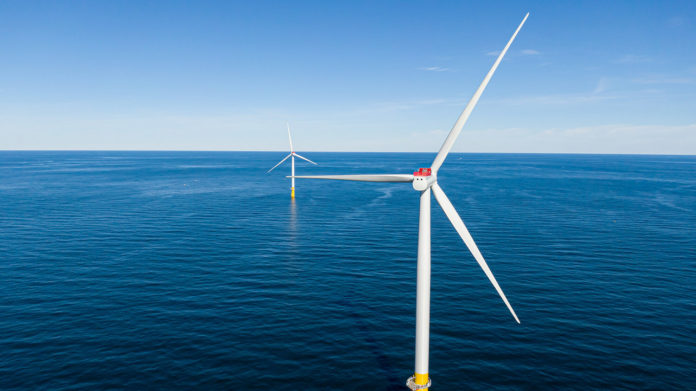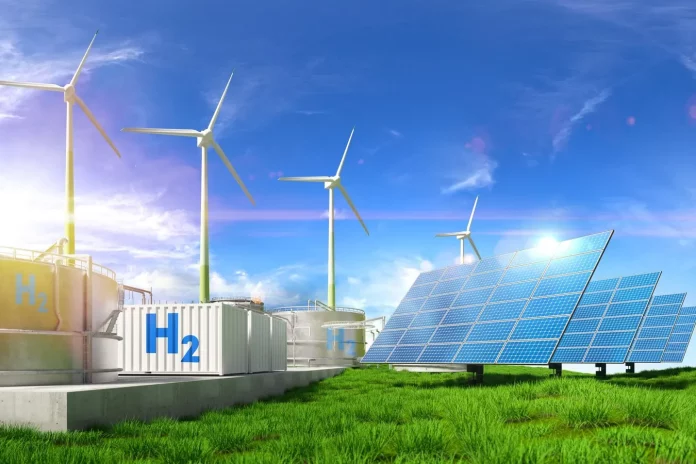Over the years, Germany has been popularly associated with solar energy, leading the global charge in solar panel installations and renewable energy adoption. Germany was formerly the world’s largest producer of solar panels. Germany’s rapid adoption of solar energy in the early 2000s led to its dominance in the international solar market. The expansion was primarily driven by the introduction of feed-in tariffs, which offered producers attractive incentives over a 20-year period. As part of Germany’s Renewable Energy Sources Act (EEG), feed-in tariffs provided a secure and predictable environment for solar energy investment. Under this scheme, solar energy producers received fixed, above-market prices for the electricity they generated and fed into the grid. The tariffs had a significant economic impact on the German solar sector, as in just a few years, the country has outpaced traditional energy heavyweights in terms of solar capacity expansion.
However, this success crumbled in 2013 when the German government changed its law, making renewables more expensive and this caused its solar industry to collapse. The German solar industry lost 70,000 jobs, leaving Heckert as one of the few remaining factories in Saxony’s Solar Valley, a once-popular renewable energy park. This caused the solar industry shifted from Germany to Asia, and without the German government’s assistance, German solar panels were quickly replaced by solar panels from other nations, particularly China.
Germany’s declining solar energy leadership led to a shift towards emerging players preparing to dominate the industry. With robust government support, significant investments in manufacturing capacity, and aggressive development methods, China found its way to become a major player in the global solar business. In 2022, China produced 97% of the silicon wafers used in solar panels, as well as more than three-quarters of the total number of solar panels in the world. According to a report by International Energy Authority, China led a 50% increase in global renewable installations in 2023, doubled new solar installations, according to the International Energy Authority report.
The decline of Germany’s solar industry, amidst China’s solar rise, has raised questions about the potential of a new solar superpower. While Germany has long been hailed with leading the charge in solar energy, its declining shift presented an opportunity for other countries to gain prominence in the industry. According to the Solar Energy Industries Association, there are more than 179 gigawatts (GW) of solar installed in the United States, enough to power over 32 million homes. Furthermore, the US solar market has risen at an average annual rate of 22%. In 2023, Spain increased its solar photovoltaic power capacity by 28%, putting 5,594MW into operation. Although the United States and Europe are making significant efforts to compete with China in the solar power market, Chinese manufacturers have a massive cost advantage due to the decrease in the cost of solar module production. China presently controls 80% of global manufacturing capacity and will account for more than half of world power supply.
From this, it is clear that China is the new solar superpower. However, China’s rise to solar dominance is not only due to government subsidies and inexpensive labor. While these elements have likely contributed significantly, China’s success is also aided by its large-scale manufacturing capabilities and robust supply chain infrastructure. The country’s extensive network of solar panel factories, along with effective logistics and distribution networks, has enabled it to meet rising global demand for solar energy products with unprecedented efficiency and reliability.





